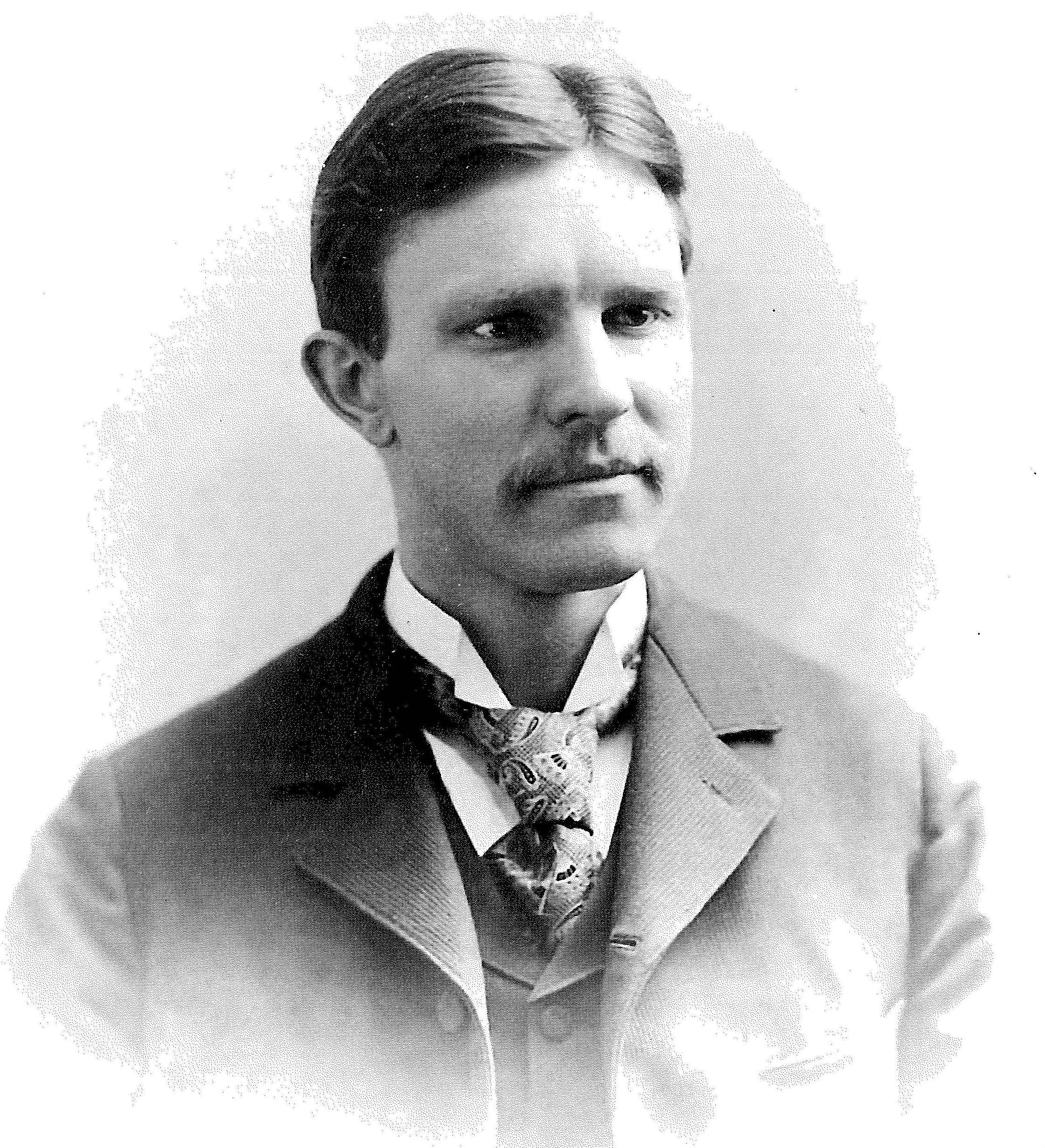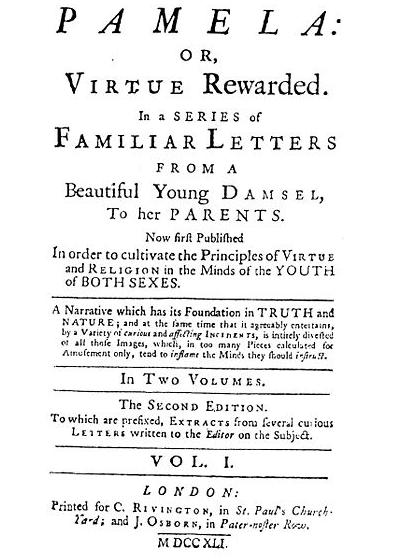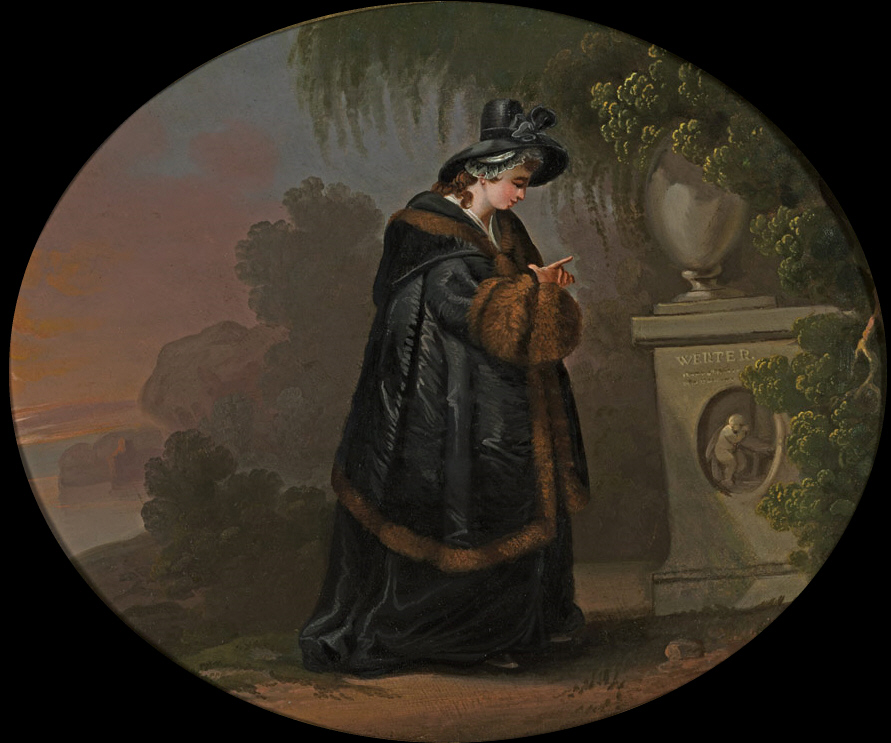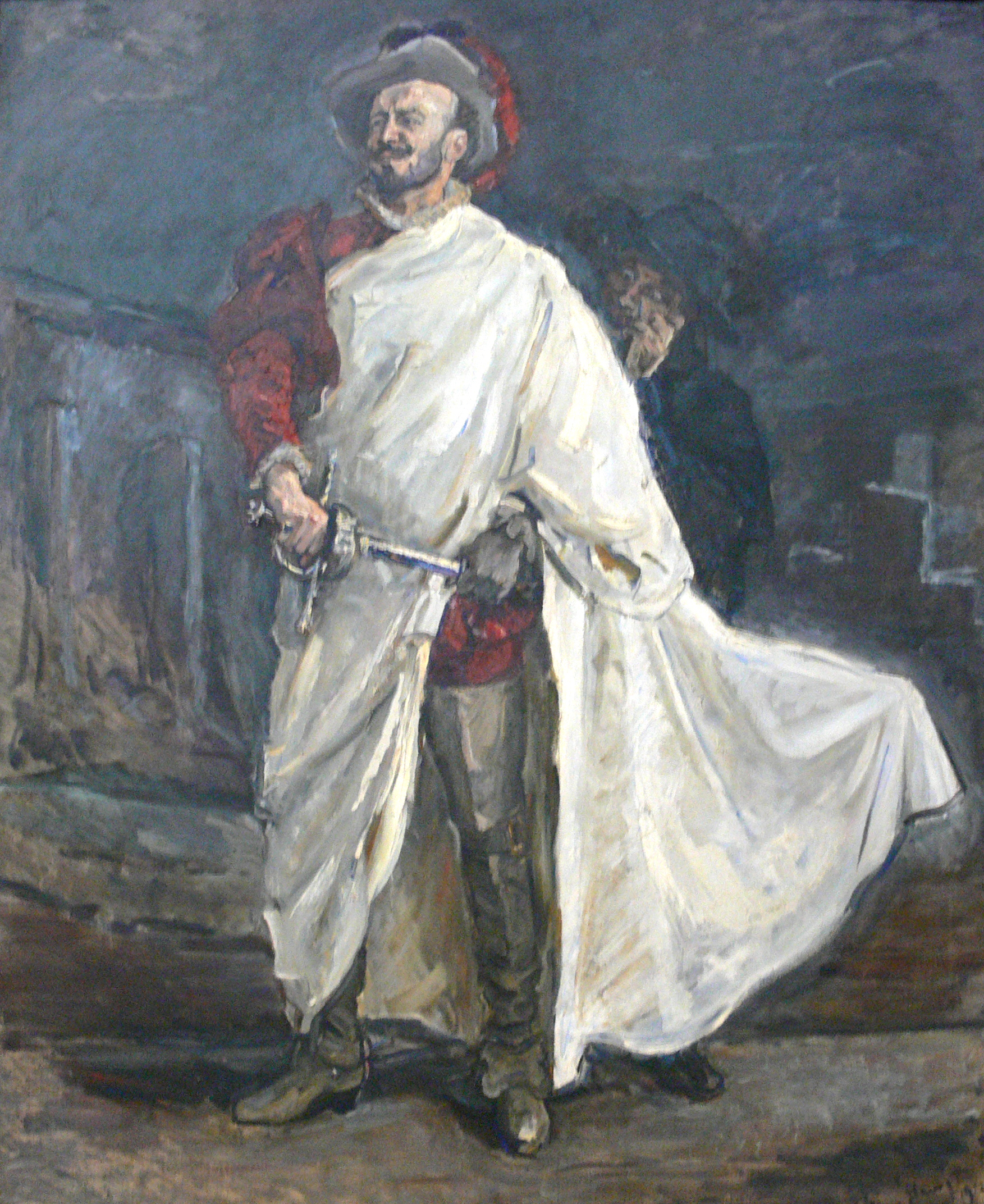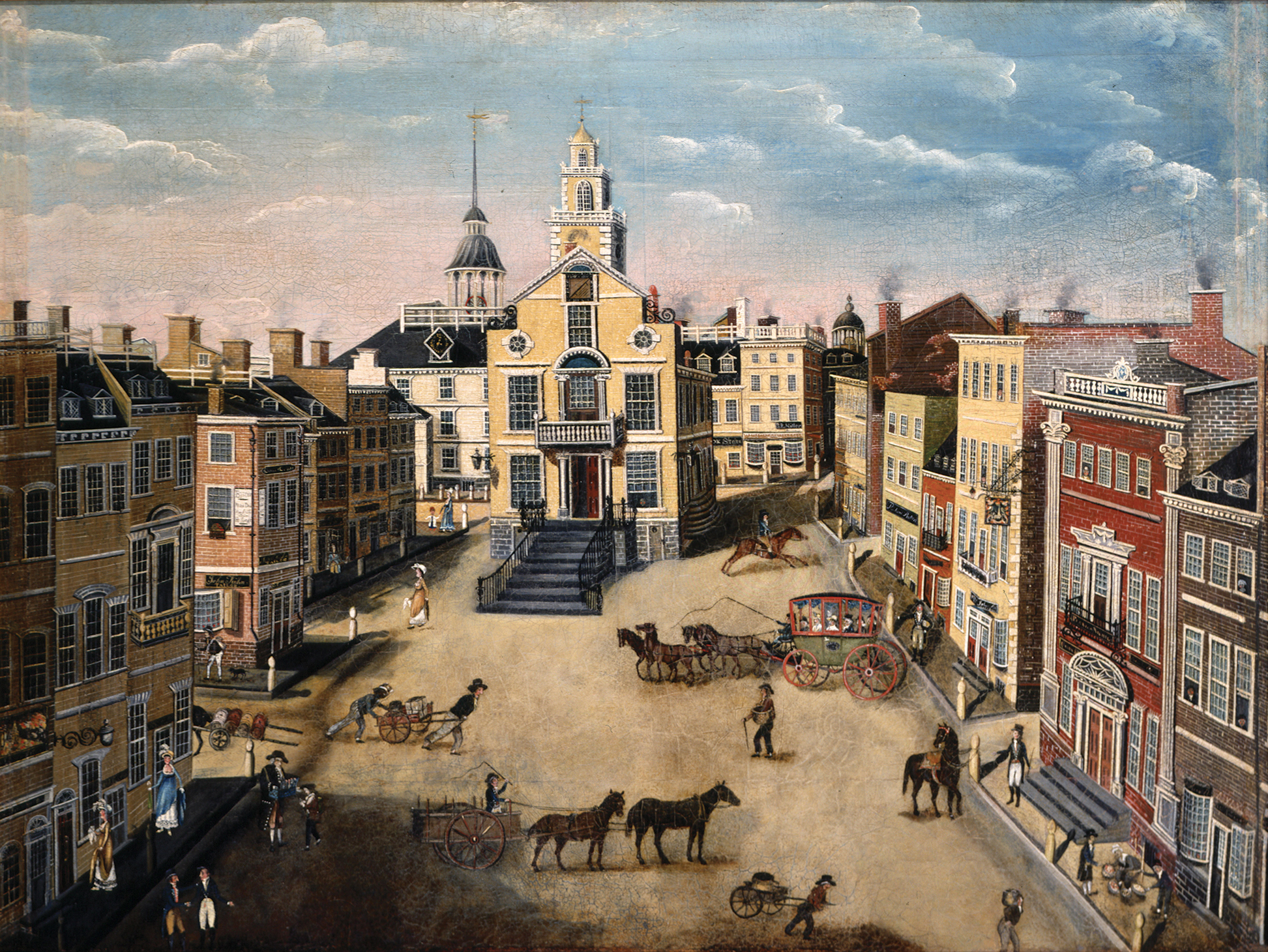|
The Power Of Sympathy
''The Power of Sympathy: or, The Triumph of Nature'' (1789) is an 18th-century American sentimental novel written in epistolary form by William Hill Brown and is widely considered to be the first American novel. ''The Power of Sympathy'' was Brown's first novel. The characters' struggles illustrate the dangers of seduction and the pitfalls of giving in to one's passions, while advocating the moral education of women and the use of rational thinking as ways to prevent the consequences of such actions. Characters *Thomas Harrington *Myra Harrington, sister to Thomas *Harriot Fawcet, illegitimate sister to Thomas and Myra *Jack Worthy *Mrs. Eliza Holmes, common friend of the Harringtons and Harriot *Mr. Harrington, Thomas and Myra's father *Maria, Mr. Harrington's mistress and Harriot's mother *Martin and Ophelia Plot summary The opening letters between Thomas Harrington and Jack Worthy reveal that Thomas has fallen for Harriot Fawcet, despite the reservations of his father. Ha ... [...More Info...] [...Related Items...] OR: [Wikipedia] [Google] [Baidu] |
William Hill Brown
William Hill Brown (November 1765 – September 2, 1793) was an American novelist, the author of what is usually considered the first American novel, ''The Power of Sympathy'' (1789), and "Harriot, or the Domestic Reconciliation", as well as the serial essay "The Reformer", published in Isaiah Thomas' '' Massachusetts Magazine''. Life Brown was born in Boston, Massachusetts, the son of Gawen Brown and his third wife, Elizabeth Hill Adams. Gawen Brown was from Northumberland, England and was a clockmaker. William was christened at the Hollis Street Church on December 1, 1765. In 1789, William Brown published the novel ''The Power of Sympathy''. Brown had an extensive knowledge of European literature, for example of ''Clarissa'' by Samuel Richardson, [...More Info...] [...Related Items...] OR: [Wikipedia] [Google] [Baidu] |
Barnes & Noble
Barnes & Noble Booksellers is an American bookseller. It is a Fortune 1000 company and the bookseller with the largest number of retail outlets in the United States. As of July 7, 2020, the company operates 614 retail stores across all 50 U.S. states. Barnes & Noble operates mainly through its Barnes & Noble Booksellers chain of bookstores. The company's headquarters are at 33 E. 17th Street on Union Square in New York City. After a series of mergers and bankruptcies in the American bookstore industry since the 1990s, Barnes & Noble stands alone as the United States' largest national bookstore chain. Previously, Barnes & Noble operated the chain of small B. Dalton Bookseller stores in malls until they announced the liquidation of the chain. The company was also one of the nation's largest manager of college textbook stores located on or near many college campuses when that division was spun off as a separate public company called Barnes & Noble Education in 2015. During ... [...More Info...] [...Related Items...] OR: [Wikipedia] [Google] [Baidu] |
Epistolary Novels
An epistolary novel is a novel written as a series of letters. The term is often extended to cover novels that intersperse documents of other kinds with the letters, most commonly diary entries and newspaper clippings, and sometimes considered to include novels composed of documents even if they don't include letters at all. More recently, epistolaries may include electronic documents such as recordings and radio, blog posts, and e-mails. The word ''epistolary'' is derived from Latin from the Greek word ἐπιστολή ''epistolē'', meaning a letter (see epistle). In German, this type of novel is known as a Briefroman. The epistolary form can add greater realism to a story, because it mimics the workings of real life. It is thus able to demonstrate differing points of view without recourse to the device of an omniscient narrator. An important strategic device in the epistolary novel for creating the impression of authenticity of the letters is the fictional editor. Early ... [...More Info...] [...Related Items...] OR: [Wikipedia] [Google] [Baidu] |
18th-century American Novels
The 18th century lasted from January 1, 1701 ( MDCCI) to December 31, 1800 ( MDCCC). During the 18th century, elements of Enlightenment thinking culminated in the American, French, and Haitian Revolutions. During the century, slave trading and human trafficking expanded across the shores of the Atlantic, while declining in Russia, China, and Korea. Revolutions began to challenge the legitimacy of monarchical and aristocratic power structures, including the structures and beliefs that supported slavery. The Industrial Revolution began during mid-century, leading to radical changes in human society and the environment. Western historians have occasionally defined the 18th century otherwise for the purposes of their work. For example, the "short" 18th century may be defined as 1715–1789, denoting the period of time between the death of Louis XIV of France and the start of the French Revolution, with an emphasis on directly interconnected events. To historians who expand the ... [...More Info...] [...Related Items...] OR: [Wikipedia] [Google] [Baidu] |
1789 Novels
Events January–March * January – Emmanuel Joseph Sieyès Emmanuel-Joseph Sieyès (3 May 174820 June 1836), usually known as the Abbé Sieyès (), was a French Roman Catholic '' abbé'', clergyman, and political writer who was the chief political theorist of the French Revolution (1789–1799); he also ... publishes the pamphlet ''What Is the Third Estate?'' ('), influential on the French Revolution. * January 7 – The 1788-89 United States presidential election and 1789 United States House of Representatives elections, House of Representatives elections are held. * January 9 – Treaty of Fort Harmar: The terms of the Treaty of Fort Stanwix (1784) and the Treaty of Fort McIntosh, between the United States Government and certain native American tribes, are reaffirmed, with some minor changes. * January 21 – The first American novel, ''The Power of Sympathy or the Triumph of Nature Founded in Truth'', is printed in Boston, Massachusetts. The ... [...More Info...] [...Related Items...] OR: [Wikipedia] [Google] [Baidu] |
Internet Archive
The Internet Archive is an American digital library with the stated mission of "universal access to all knowledge". It provides free public access to collections of digitized materials, including websites, software applications/games, music, movies/videos, moving images, and millions of books. In addition to its archiving function, the Archive is an activist organization, advocating a free and open Internet. , the Internet Archive holds over 35 million books and texts, 8.5 million movies, videos and TV shows, 894 thousand software programs, 14 million audio files, 4.4 million images, 2.4 million TV clips, 241 thousand concerts, and over 734 billion web pages in the Wayback Machine. The Internet Archive allows the public to upload and download digital material to its data cluster, but the bulk of its data is collected automatically by its web crawlers, which work to preserve as much of the public web as possible. Its web archiving, web archive, the Wayback Machine, contains hu ... [...More Info...] [...Related Items...] OR: [Wikipedia] [Google] [Baidu] |
Didactic
Didacticism is a philosophy that emphasizes instructional and informative qualities in literature, art, and design. In art, design, architecture, and landscape, didacticism is an emerging conceptual approach that is driven by the urgent need to explain. When applied to ecological questions, didacticism in art, design, architecture and landscape attempts to persuade the viewer of environmental priorities; thus, constituting an entirely new form of explanatory discourse that presents, what can be called "eco-lessons". This concept can be defined as "ecological didacticism". Overview The term has its origin in the Ancient Greek word διδακτικός (''didaktikos''), "pertaining to instruction", and signified learning in a fascinating and intriguing manner. Didactic art was meant both to entertain and to instruct. Didactic plays, for instance, were intended to convey a moral theme or other rich truth to the audience. During the Middle Age, the Roman Catholic chants like the ... [...More Info...] [...Related Items...] OR: [Wikipedia] [Google] [Baidu] |
The Sorrows Of Young Werther
''The Sorrows of Young Werther'' (; german: Die Leiden des jungen Werthers) is a 1774 epistolary novel by Johann Wolfgang Goethe, which appeared as a revised edition in 1787. It was one of the main novels in the '' Sturm und Drang'' period in German literature, and influenced the later Romantic movement. Goethe, aged 24 at the time, finished ''Werther'' in five and a half weeks of intensive writing in January to March 1774. It instantly placed him among the foremost international literary celebrities and was among the best known of his works. Plot summary Most of ''The Sorrows of Young Werther'', a story about a young man's extreme response to unrequited love, is presented as a collection of letters written by Werther, a young artist of a sensitive and passionate temperament, to his friend Wilhelm. These give an intimate account of his stay in the fictional village of Wahlheim (based on , near Wetzlar), whose peasants have enchanted him with their simple ways. There he meets C ... [...More Info...] [...Related Items...] OR: [Wikipedia] [Google] [Baidu] |
Sympathy
Sympathy is the perception of, understanding of, and reaction to the distress or need of another life form. According to David Hume, this sympathetic concern is driven by a switch in viewpoint from a personal perspective to the perspective of another group or individual who is in need. Hume explained that this is the case because "the minds of all men are similar in their feelings and operations" and that "the motion of one communicates itself to the rest" so that as "affections readily pass from one person to another… they beget correspondent movements." Etymology The roots of the word ''sympathy'' are the Greek words ''sym'', which means "together", and ''pathos'', which refers to feeling or emotion. See '' sympathy § Etymology'' for more information. Distinctions between sympathy and related concepts The related word ''empathy'' is often used interchangeably with ''sympathy'', even though the terms now have different meanings. Dictionaries distinguish the two terms. Com ... [...More Info...] [...Related Items...] OR: [Wikipedia] [Google] [Baidu] |
Seduction
Seduction has multiple meanings. Platonically, it can mean "to persuade to disobedience or disloyalty", or "to lead astray, usually by persuasion or false promises". Strategies of seduction include conversation and sexual scripts, paralingual features, non-verbal communication, and short-term behavioural strategies. The word ''seduction'' stems from Latin and means literally "leading astray." As a result, the term may have a positive or negative connotation. Famous seducers from history or legend include Lilith, Giacomo Casanova, and the fictional character Don Juan. The emergence of the Internet and technology has supported the availability and the existence of a seduction community, which is based on discourse about seduction. This is predominately by "pickup artists" (PUA). Seduction is also used within marketing to increase compliance and willingness. Seduction, seen negatively, involves temptation and enticement, often sexual in nature, to lead someone astray into a b ... [...More Info...] [...Related Items...] OR: [Wikipedia] [Google] [Baidu] |
Sarah Wentworth Apthorp Morton
Sarah Wentworth Apthorp Morton (August 1759 – May 14, 1846) was an American poet. Early life Sarah was born in Boston, Massachusetts, in August 1759. She was the third of ten children born to James Apthorp (1731–1799), a merchant and slave-trader, and Sarah Wentworth (1735–1820), whose family owned Wentworth Manor in Yorkshire. Her father was one of eighteen children born to her paternal grandparents, Charles Apthorp (1698–1758), a British-born merchant in 18th-century Boston, and Grizzelle ( née Eastwicke) Apthorp (1709–1796). Her maternal grandfather was Samuel Wentworth (1708–1766), also a Boston merchant, and his father was John Wentworth (1671–1730), the colonial lieutenant governor of New Hampshire who lived in Portsmouth, New Hampshire. Writing In 1792, she wrote an anti-slavery poem entitled ''The African Chief'', which was, in fact, an elegy on a slain African at St. Domingo in 1791. In 1796, Sarah and her husband, Perez, moved to Dorchester. Fro ... [...More Info...] [...Related Items...] OR: [Wikipedia] [Google] [Baidu] |
Boston
Boston (), officially the City of Boston, is the state capital and most populous city of the Commonwealth of Massachusetts, as well as the cultural and financial center of the New England region of the United States. It is the 24th- most populous city in the country. The city boundaries encompass an area of about and a population of 675,647 as of 2020. It is the seat of Suffolk County (although the county government was disbanded on July 1, 1999). The city is the economic and cultural anchor of a substantially larger metropolitan area known as Greater Boston, a metropolitan statistical area (MSA) home to a census-estimated 4.8 million people in 2016 and ranking as the tenth-largest MSA in the country. A broader combined statistical area (CSA), generally corresponding to the commuting area and including Providence, Rhode Island, is home to approximately 8.2 million people, making it the sixth most populous in the United States. Boston is one of the oldest ... [...More Info...] [...Related Items...] OR: [Wikipedia] [Google] [Baidu] |
